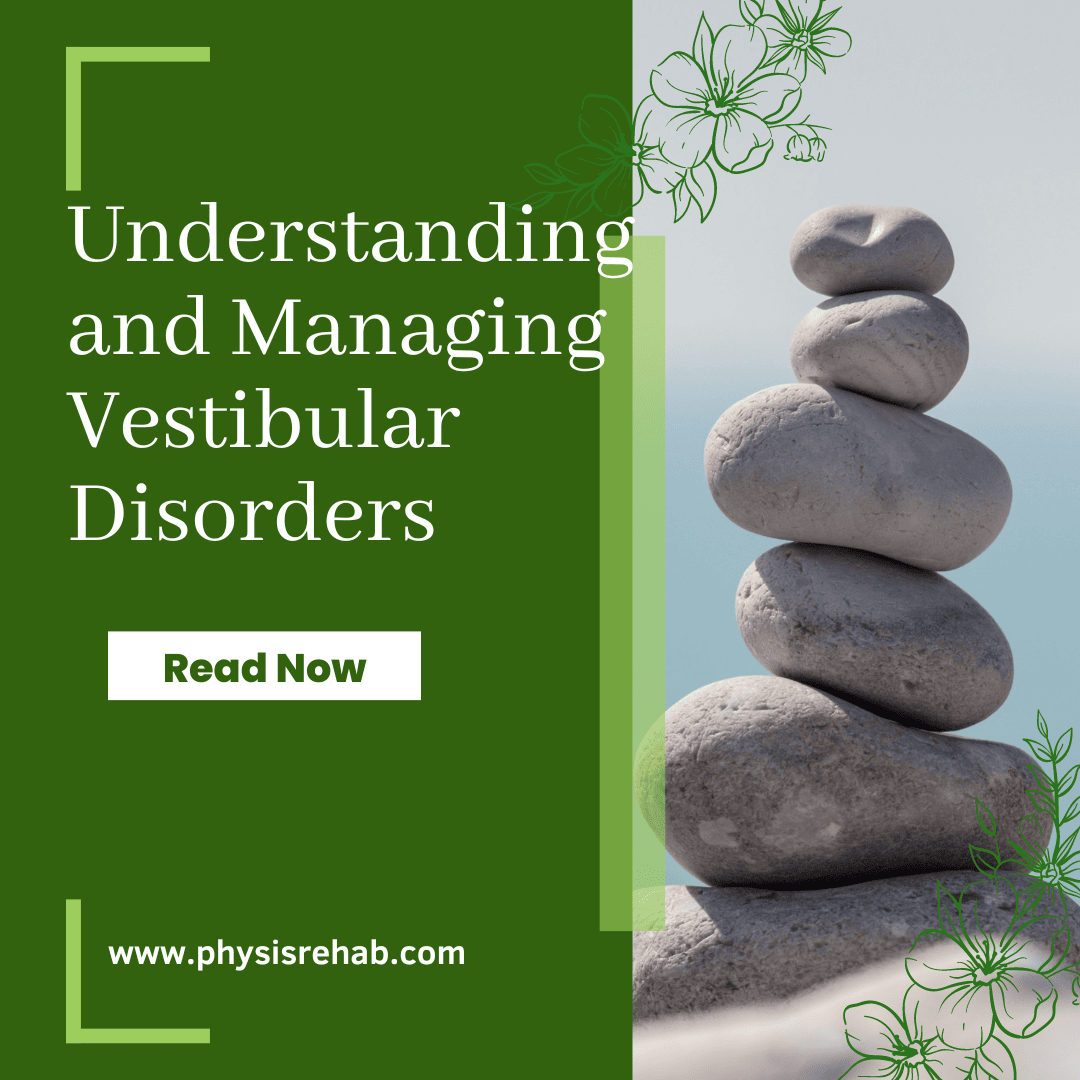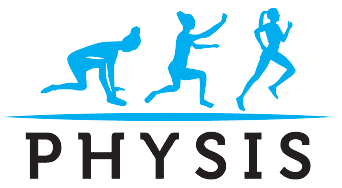Vestibular system is a sensory (proprioceptive) system which helps to maintain posture and equilibrium along with coordination of head and eye movements. It comprises of hair cells or receptors located in labyrinth (vestibular- cochlear apparatus) of the temporal bone. It functions together with cerebellum (“little brain” located in the back of the head) and visual system (your eyes). Miscommunication between these systems or injuries can cause symptoms of disorientation, dizziness, nausea, vomiting, feeling off balance, feeling as if the world is spinning, blurred vision or falling/stumbling. There are significant physical, mental and emotional costs associated with dizziness and falls. Vestibular disorders can have a profound impact on an individual’s quality of life, as it impacts balance, coordination, and overall mobility. Among the most common vestibular disorders are Benign Paroxysmal Positional Vertigo (BPPV) and Vestibular Neuritis. It is crucial to have a comprehensive understanding of these conditions and their management. In this blog post, we will delve into exploring the causes of Benign Paroxysmal Positional Vertigo, BPPV and Vestibular Neuritis, symptoms, diagnosis, and therapeutic interventions.
Benign Paroxysmal Positional Vertigo (BPPV)
BPPV is the most prevalent peripheral vestibular disorder, accounting for approximately 20% of all dizziness complaints. It occurs when tiny calcium crystals, known as otoconia or canaliths, dislodge from their normal position within the inner ear and migrate into the semicircular canals. This displacement disrupts the normal flow of fluid and sends inaccurate signals to the brain about head position and movement.
The signs and symptoms of benign paroxysmal positional vertigo BPPV may include:
- Brief episodes of intense vertigo (spinning sensation)
- Dizziness or lightheadedness
- Nausea or vomiting
- Loss of balance or unsteadiness
- Nystagmus (involuntary eye movements)
Diagnosis and Treatment of BPPV: Physical therapists play a crucial role in diagnosing and treating BPPV. The diagnosis is typically made based on the patient’s medical history, a thorough physical examination, and specific vestibular tests such as the Dix-Hallpike or Roll Test. These tests provoke characteristic nystagmus and vertigo in individuals with BPPV.
The primary exercise that helps to treat the symptoms of benign paroxysmal positional vertigo or BPPV is a canalith repositioning procedure, commonly known as the Epley maneuver or the Semont maneuver. This procedure involves a series of head movements that aim to guide the displaced otoconia out of the semicircular canals, thus alleviating symptoms. You will also be provided education on home exercises and lifestyle modifications to enhance recovery and prevent recurrence.
Vestibular Neuritis
Vestibular Neuritis is an inflammatory condition affecting the vestibular nerve, which transmits sensory information from the inner ear to the brain. It is often caused by a viral infection, such as the herpes simplex virus or the varicella-zoster virus. Vestibular Neuritis typically presents with a sudden onset of severe vertigo and may be associated with hearing loss or tinnitus.
The signs and symptoms of Vestibular Neuritis may include:
- Severe vertigo lasting for days to weeks
- Nausea and vomiting
- Unilateral hearing loss or tinnitus (in some cases)
- Imbalance and unsteadiness
- Visual disturbances during head movements
Diagnosis and Treatment of Vestibular Neuritis: Diagnosing Vestibular Neuritis involves a detailed patient history, physical examination, and vestibular function tests such as videonystagmography (VNG) or rotary chair testing. These assessments help identify any abnormalities in vestibular function and rule out other potential causes.
The treatment of Vestibular Neuritis focuses on symptom relief, functional improvement, and promoting central nervous system compensation. Physical therapy exercises for vestibular neuritis include specific exercises to enhance gaze stability, balance training, habituation exercises, and vestibular rehabilitation. These exercises gradually expose the patient to various head movements and visual stimuli, helping the brain adapt to the vestibular dysfunction and restore balance and coordination.
Unlike other areas, treatment for vestibular disorder is specialized. The goal is to facilitate central nervous system to help with balance problems and dizziness. At Physis Physical Therapy our vestibular rehab PT will design and implement a treatment plan to:
- Decrease dizziness/vertigo
- Improve functional balance and safety
- Improve gaze stabilization and tolerance to motion
- Educate patients in safety and compensation strategies to control their symptoms
- Decrease fall or risk for falls
- Increase activity levels
Call us now 212-706-7480 or email us at info@physisrehab.com to see how we can help you or your loved one find relief.



Comments are closed